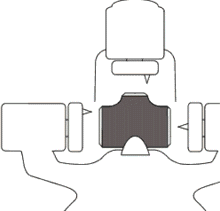Introduction to Hot Forming Techniques
The fabrication of butt weld tees often involves the application of hot forming techniques. Hot forming encompasses various primary methods, including extrusion, drawing, forging, and rolling. Among these methods, rolling is the most widely utilized, despite certain inherent limitations. Rolling can be broadly categorized into three major subcategories: flat rolling, shape rolling (involving specially designed roll grooves), and pipe rolling (incorporating the piercing process). In the domain of forging, subcategories such as hammering and pressing exist.
Forging can be executed under various conditions, including hammers, mechanical presses, up setters, or via a method known as roll forging. Pressing primarily entails the production of forged components using hydraulic presses, while extrusion typically takes place in hydraulic presses that exert force to push hot steel through a die. Rolling operations are conducted in diverse types of rolling mills.
Hot working, or the process of metal forming at elevated temperatures, serves two primary purposes: to minimize the resistance of steel to deformation, thus reducing forming loads, and to cultivate preferred metallurgical structures that enhance the strength and ductility of the final products.
Selecting the most suitable manufacturing method for a specific product hinges on various factors, including its material composition, dimensions, shape, intended use, adherence to standards, and other pertinent properties.
Numerous processes are available for manufacturing butt weld fittings, with several examples outlined below.
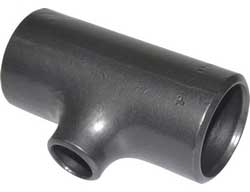
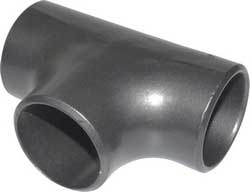
Tee Extrusion Method (Hot Forming)
In the hot extrusion process, a heated metal piece is enclosed within a chamber known as a “container” at forging temperature. At one end of this container, there is a die with an opening shaped to match the desired final section of the product. Pressure is then applied to the metal from the opposite end of the container. As a result, the metal is compelled through the opening, adopting the cross-sectional shape of the die, as it undergoes plastic deformation under the substantial pressures applied.
When producing tees using raw materials larger in diameter than the finished product, the branch outlet is extruded from a pipe while concurrently pressing the main body. This method allows for the adjustment of the outlet’s wall thickness as required. It finds utility in the manufacturing of tees with sizable diameters, heavy wall thickness, and/or special materials characterized by challenging workability that cannot be effectively produced using the hydraulic bulge method.
Step : 1
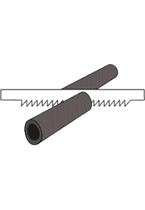
Step : 2
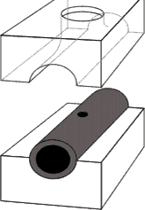
Step : 3
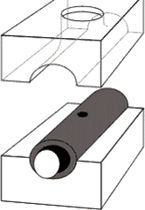
Step : 4
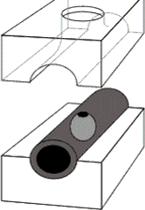
Step : 5
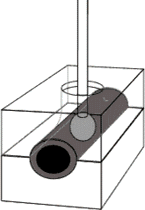
Step : 6
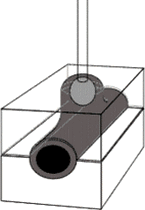
Step : 7
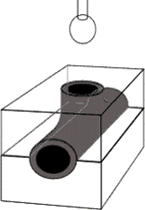
step : 8
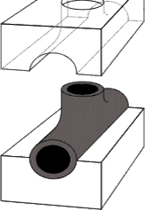
Post-processing/finishing
Step : 10
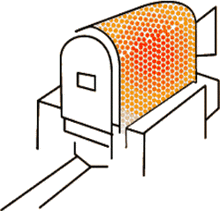
step : 11
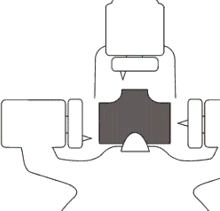
Step : 12
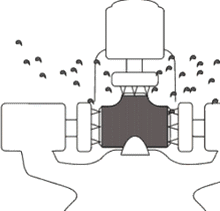
Result
